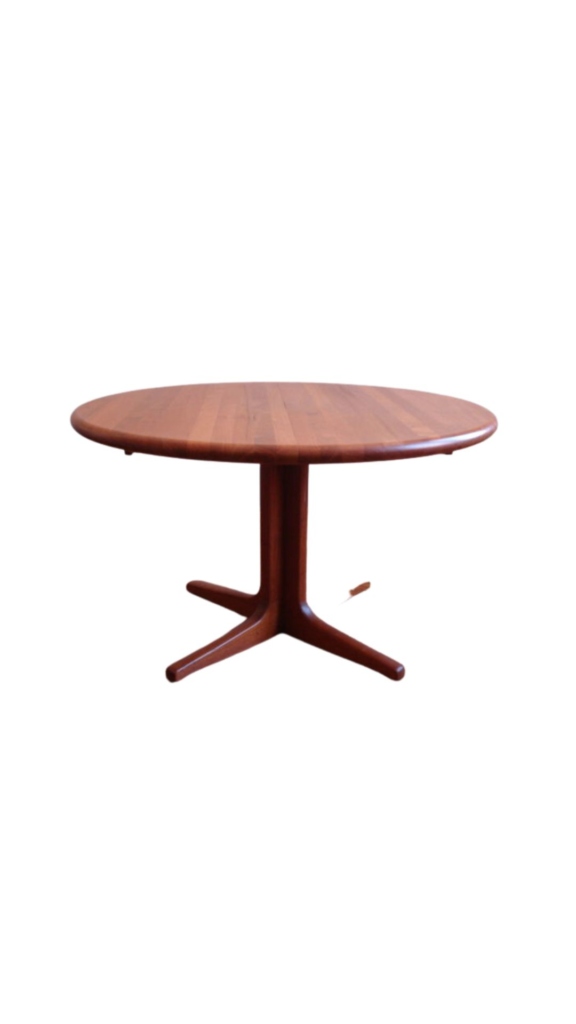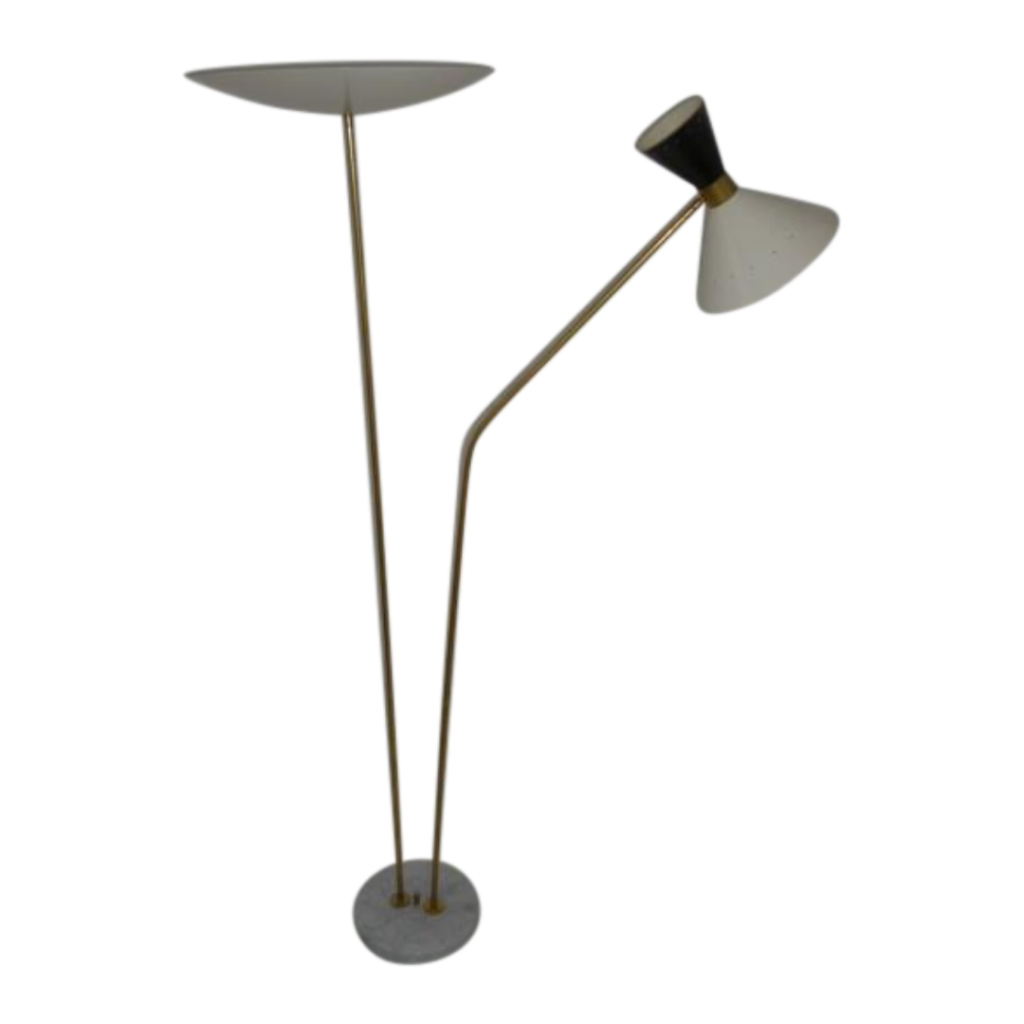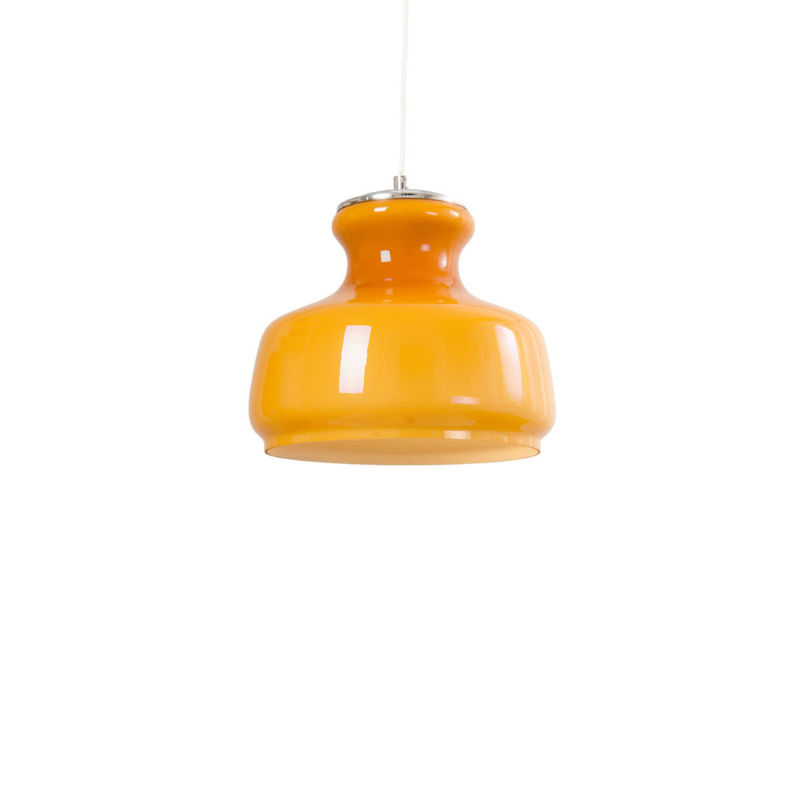I have this '62 Eames shell, that served as garden-furniture for over 30 years. It was pretty run-down, but after sanding it looked promising. The thing is that I can't get the "embed dirt" out (looks like fibres turned black). Different cleaners didn't work (cillit-bang, plastic-cleaners, typical household products).
Has anyone experiences with that?
I should think
that once the glass fibers are exposed -- ie, no longer encapsulated in the resin -- they would serve as conduits to liquid-borne soils. Sanding the shell would almost immediately lead to this condition, I think. The glass fibers were never intended to be uncovered. Of course, weathering and/or extended wear might also lead to this condition.
The origin of these black colored
fibres is quite simple. Glass fibres do not connect with the polyester resin, so they are coated with materials that connect both to the glass and to the resin without affecting the polymerisation of the resin. Unfortunately these coatings are water soluble and through capillarity they will be replaced by mostly organic material that is present in the water. Hence the importance of gel-coat to protect the part of the fibre reinforced polyester that holds the fibre. The gel-coat has not the mechanical strength so it has to be combined with fibre filled material. There is simply nothing you can do, other than being careful with them because they have lost significant strength due to the fact that there is no link between the glass and the polyester.
In sailboats this penetration of water is often referred to as glass fibre cancer. A small crack that is not immediately protected will quite quickly develop to a large patch.
thanks for
the detailed info, Koen. So that's why they never sold those as garden-furniture. people are ignorant to buy exquisite stuff like that and let it rot away...
I came across some boat-related sites when researching as well. I just went to a boat-supply shop nearby and the guy advised me to a teflon-based sealer to protect the exposed fibres. "What works for boats, should work for chairs" he said. I guess I was the first one to approach him with eames-issues...
You've got a point...
yes, painting them might be the right way to restore a clean look, I do consider that. But I'm having a vivid discussion with a fellow friend about another option: The idea is to seal the shell as it is, keeping the marks of time and thus preserving the history of the chair, transforming it into an artifact rather than a piece of furniture. It's a question of conservation vs. restauration, which derived from a discurse about vintage architecture and the way to treat it we had.
Some people wonder why I bother with those "second-hand", old items (also my stereo) anyway. I like the idea of telling them that those are vintage pieces with a visible story to tell rather than furbished-up pieces.
Still I haven't made a decision yet, any thoughts and opinions are welcome as I think this is a relevant discussion and I'd like to know the opinions of other design addicts on that!
if thats the case don't ...
if thats the case don't bother to waste your time leave them alone .
I do so many shells in our business and they all come in looking like shit!! at least if you put a new fabric or vinyl they have a chance to look good in your midcentury modern home, if you leave them with the 40 year old look why bother i would not want any old cracking vinyl with crappy marks on my chairs in my home, We try to clean the fiberglass for the customers before we ship them back and most of the time they really dont get the marks off we use paint thinner and it cleans them up some and they look better.
Claus
As already discussed once the gel-coat is gone you've got issues of more soil creeping into the fibers, as well as the fibers creeping into your skin. I had an old drilled out chair that I took to an auto-body shop and had them spray a clearcoat on. The result was much better than painting.
A solid coat of paint makes the surface appear dead and lifeless. The clear-coat preserved the organic quality of the fiberglas, even if it didnt quite match up with the original gelcoat. (The gelcoat is more integrated into the fiberglas, whereas the clear-coat definitely 'sits' on the surface. However, clearcoating is the closest thing I've found to the original finish)
Also - like you've mentioned, it preserves the history of the chair - which is why we like them right? If not preserving the history you may as well get one of the new polyprop Eames chairs.
If you need any help, please contact us at – info@designaddict.com









